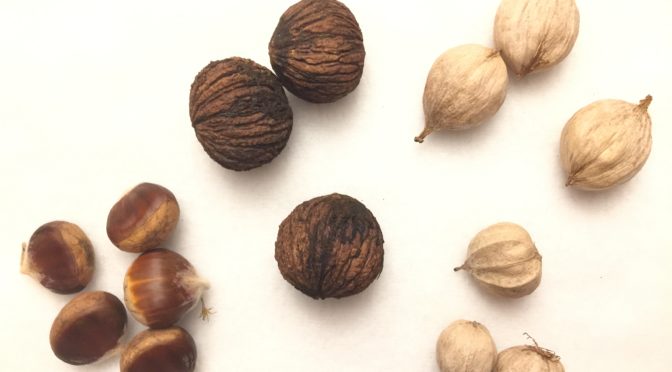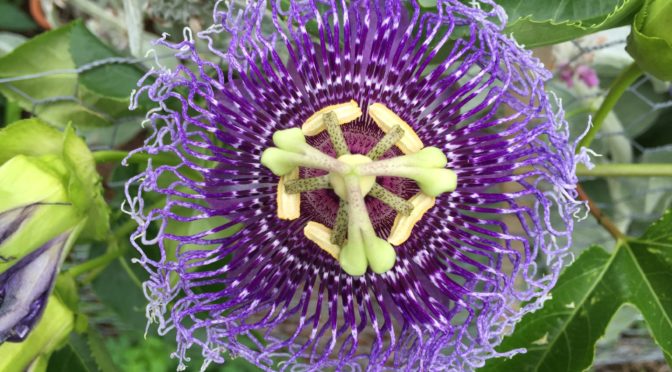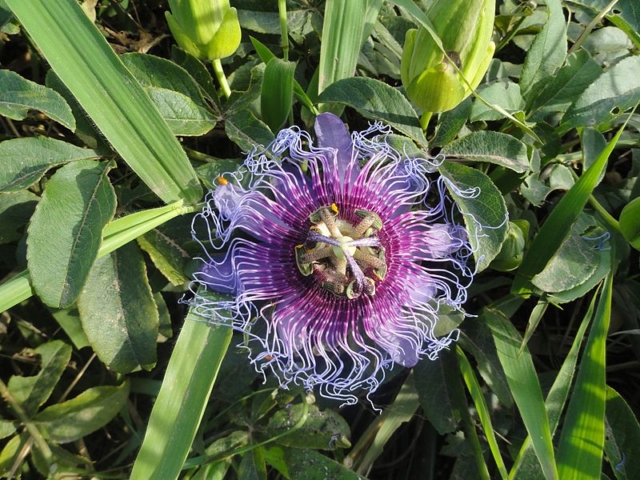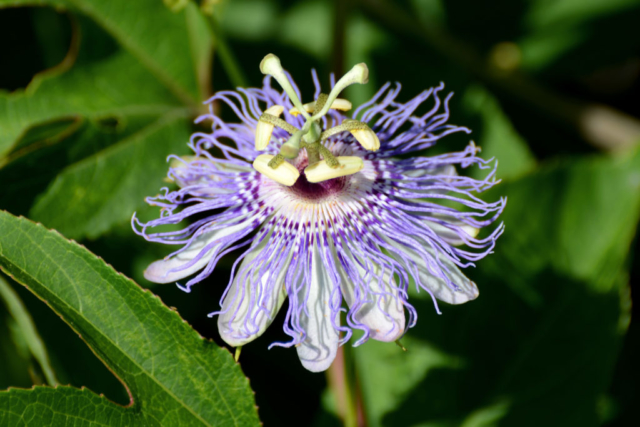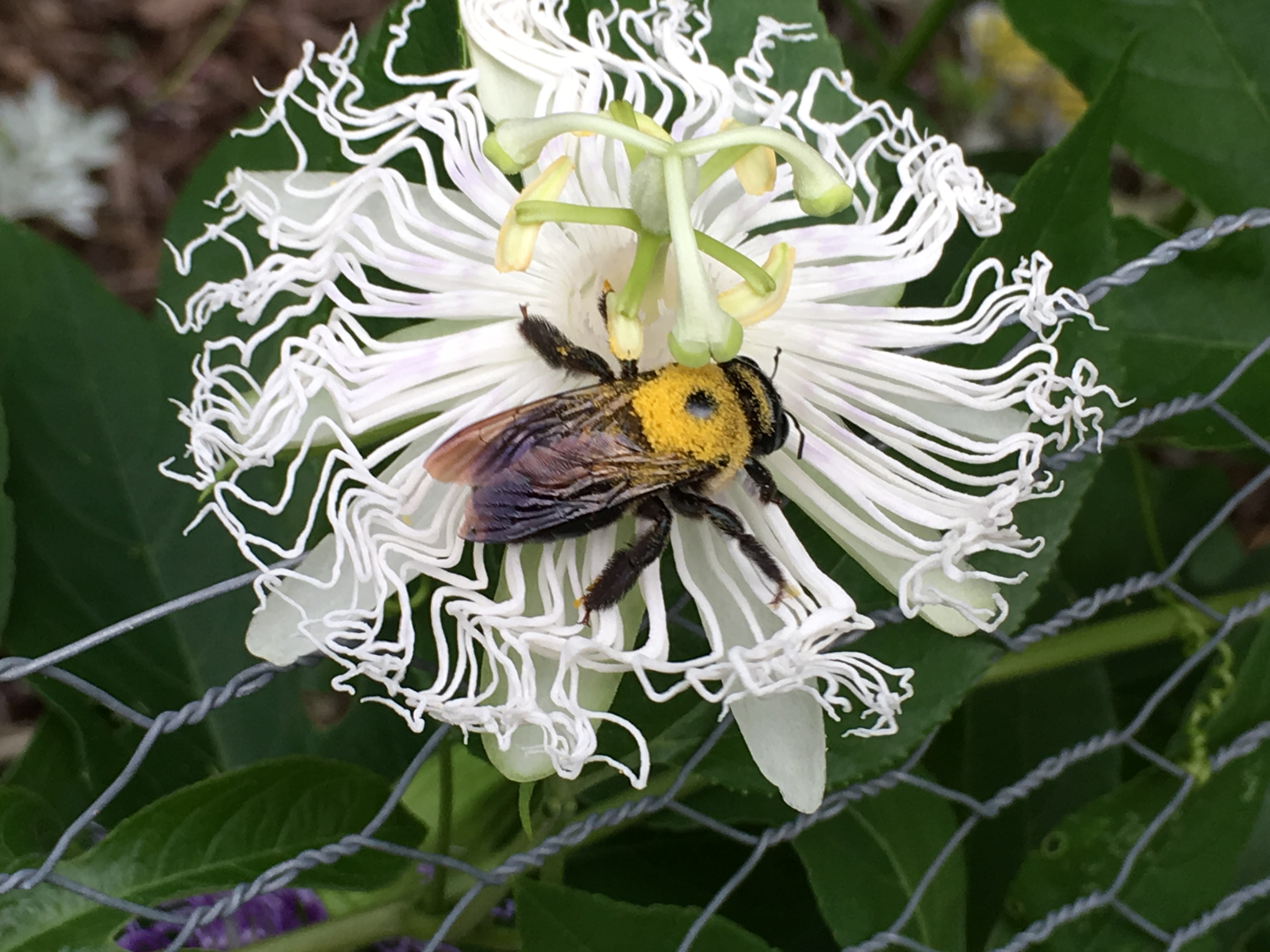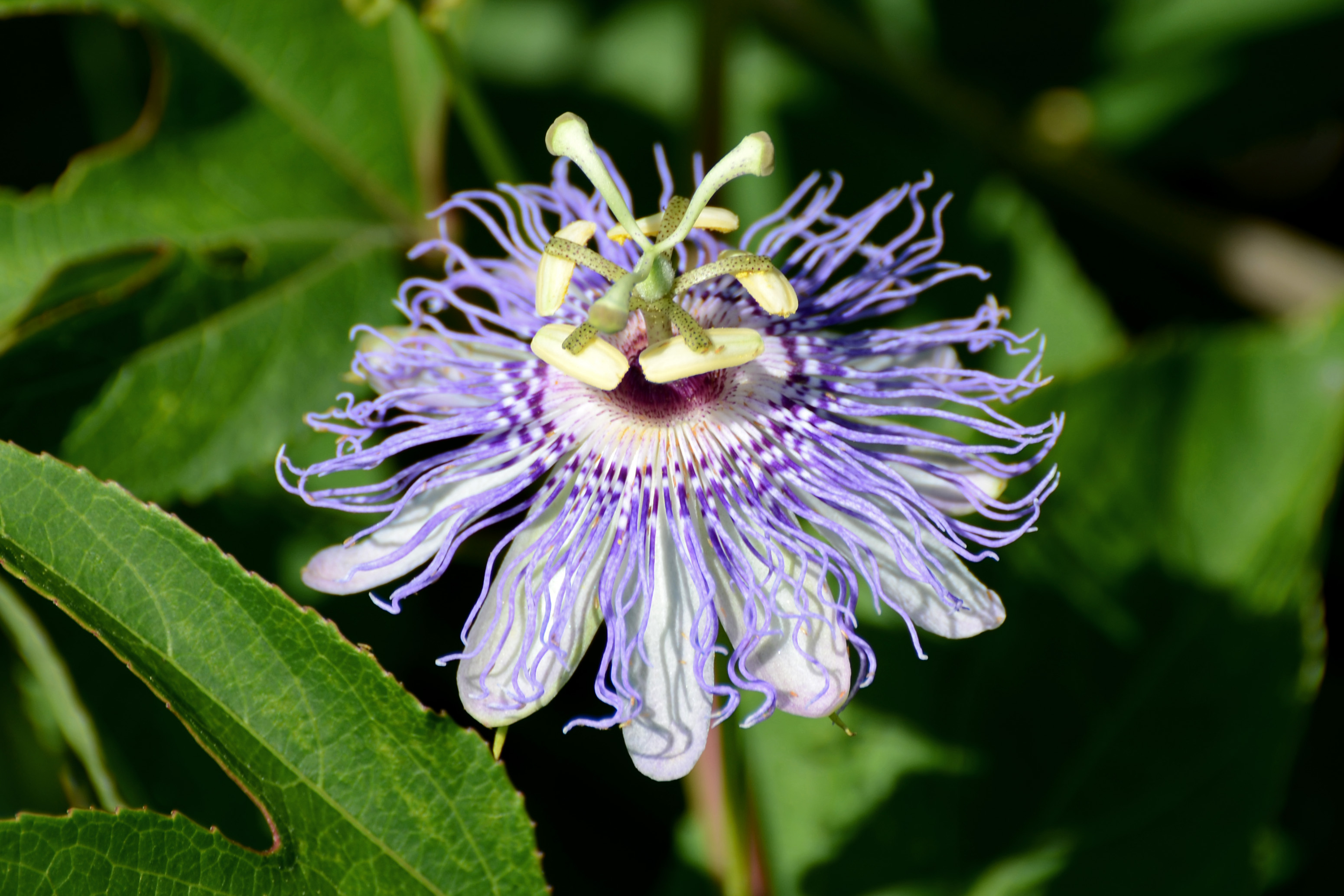Free fall bounty for all!
By: Daniel Greiner

Natures free bounty rains from the sky each fall so why let the squirrels have all the fun?

Believe it or not Michigan boasts many edible varieties of edible nuts. If your not in Michigan fear not because most of these species occur over much of the United states so you’ll at least be able to harvest some of these in your area.
Lets start out with Hickories:
Hickories are super tasty and my all time favorite! They are super buttery and sweet. The easiest and most recognizable hickory would be the shag bark hickories. You can spot them from a long distance by their characteristic shaggy & exfoliating bark.

They are extremely long lived and often reside along fence rows and roads. The time to collect these is in mid to late September. The drup is often still covered in a green hull that is quartered and easy to pull off.


Once you harvest them you can drop them in a bucket of water and the ones that sink are 100% good and the ones that float may either have a worm or a small air pocket that allows it to float. I still crack open the floaters and have found them to be mostly good.
Second nut on the menu is Black Walnuts:
Now i know what your saying already….”Black Walnuts! Who eats those?!” but seriously you gotta try them. The obvious thing about them is they are literally everywhere. If you don’t know what black walnuts look like then your an idiot, just kidding lol. Black walnuts grow to be large trees with dark furrowed bark and bright green leaves that come out in bunches along the branch as seen below.
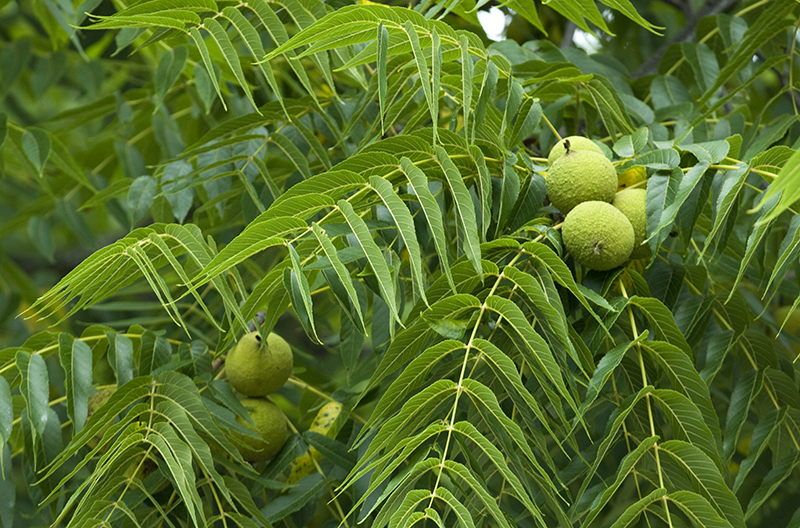
I like to think of them as Michigan’s coconut trees as they have that tropical feel to them. Once the nuts start to rain from the tree is when you need to get out there and pick them up. I gather them up in five gallon buckets.

as you can see above the walnuts I picked are perfect. The outer husk has soften and bruised and this makes for removing it a breeze. I then take a knife and cut into it and pull the husk off the nut. After you have done this wash and rinse the nuts till the water runs clear. Don’t forget to wear gloves unless you want your hands to look like someone did Indian henna art with a 4 inch brush. Trust me I have not used gloves before and you get some weird looks from people when your at the store picking out produce. It looks like you have brown crap all over your hands from hulling the walnuts. The next step after hulling and washing is drying and curing.

Here is about a bushel of black walnuts that sat in the sun for three days to dry out and begin the curing process. This allows the nut meat inside to mature and dry down a bit. If you try and eat them sooner its pretty gross so just cure the darn things okay? Curing takes 2 weeks. Hang them in a mesh bag to keep airflow around them.
Third nut on the menu is Chestnuts.
Yes i said chestnuts. You can find them in certain areas you just gotta scout it out and get there before the deer and the squirrels.
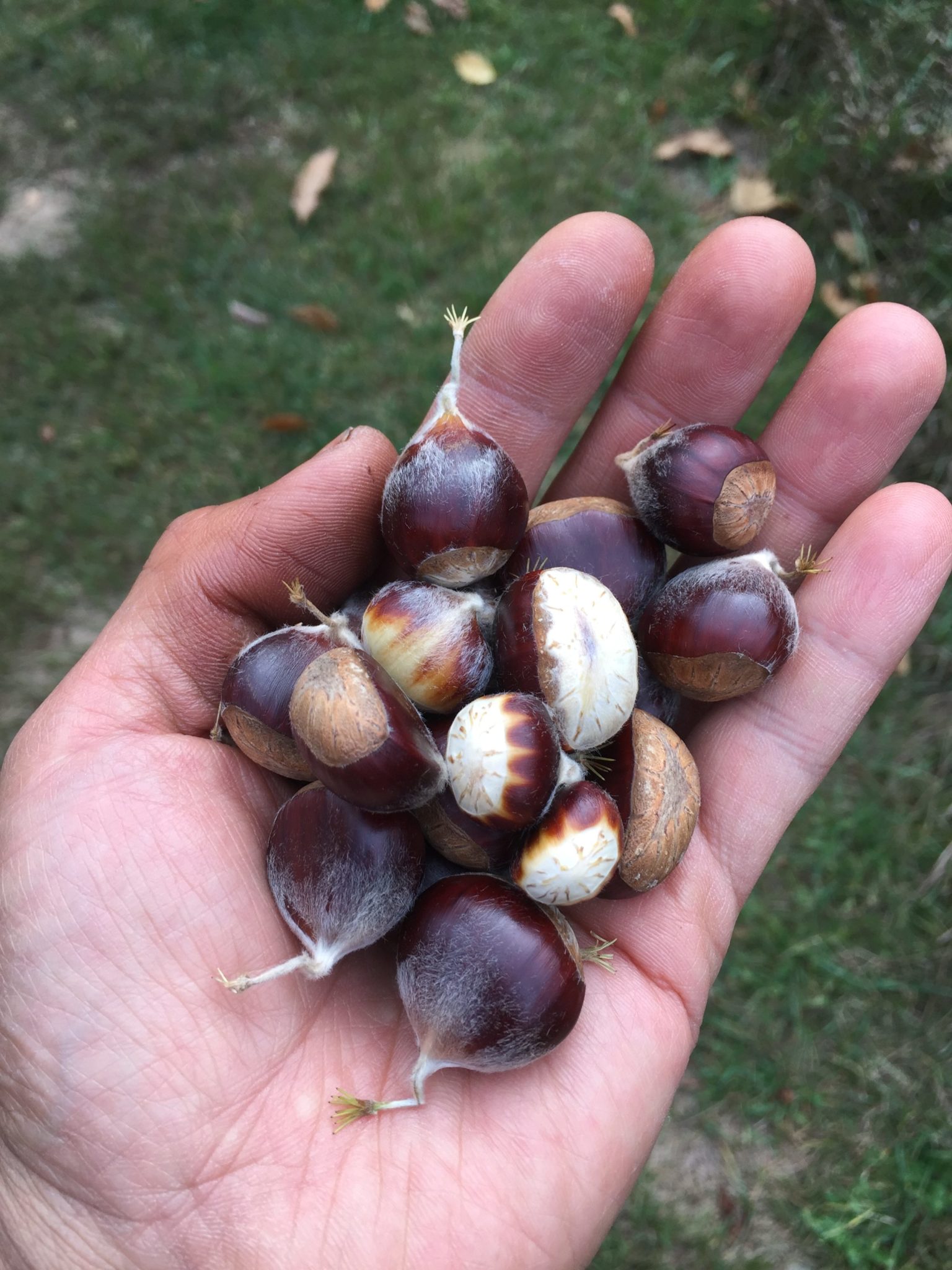
Now before you go running down the street to the tree that you think is a chestnut lets get a few things strait. The edible kind are the ones that will make your hands bleed if you try and pull the spiny hulls off them before they release.
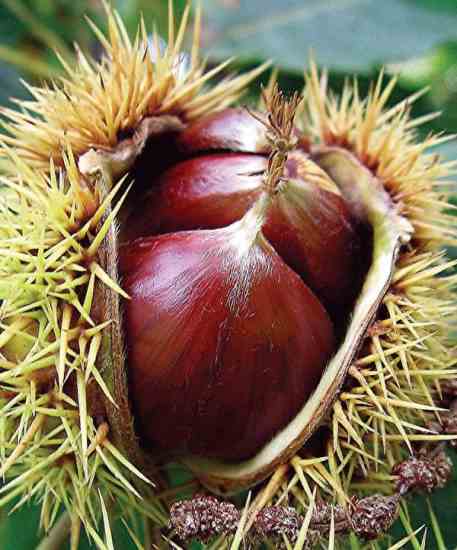
I usually use a stick to pop out the loose nuts. better to use a tool then make your hand bleed. Now the “common” chestnut that most people think of is the Horse Chestnut. These are not edible and if you try to eat them you will regret it as they are oh so bitter and astringent.

Yucky chestnuts that you shouldn’t eat. The hull is spiny but not that much of a deterrent so thats a good sign its not the right kind.
So now that I’ve laid it all out for you guys go out there and make like a squirrel. Try some of natures “organic” “free” and downright tasty gifts from the sky. Stop loathing those black walnuts that you keep mowing over and pick them up and eat them!

How the hardy passion vine can transform your northern gardens
By: Daniel Greiner

I have always loved tropical looking plants even though I live in Michigan in zone 5. When I heard that there was a passion vine that was hardy to zone 6, I was immediately interested. The flower pictured below is Passiflora ‘incense’

This is a hybrid between Passiflora cinnicata x incarnata.
This marriage of hardiness and improved floral color and size makes for a stunning flower. This vine is reportedly hardy to zone 6. I’m sure your wondering how this works when I live in zone 5? I Keep the plant growing in a large pot and in the fall I bury the pot and all right up against the foundation of my house. The foundation stays warm enough in the winter to keep things from freezing. I have canna lilies that come up year after year there for that reason. Micro climates can extend your ability to grow things.
Here is a close up of the flower and if you could see it yourself not only does it look amazing but the smell is very rich and sweet!

Pictured below is P. incarnata alba ‘bills delight’ this is a not often seen selection and a real treat.

Passion Vine cultivars

This picture shows a sample of P. incarnata alba, P. incarnata, and P. incense.
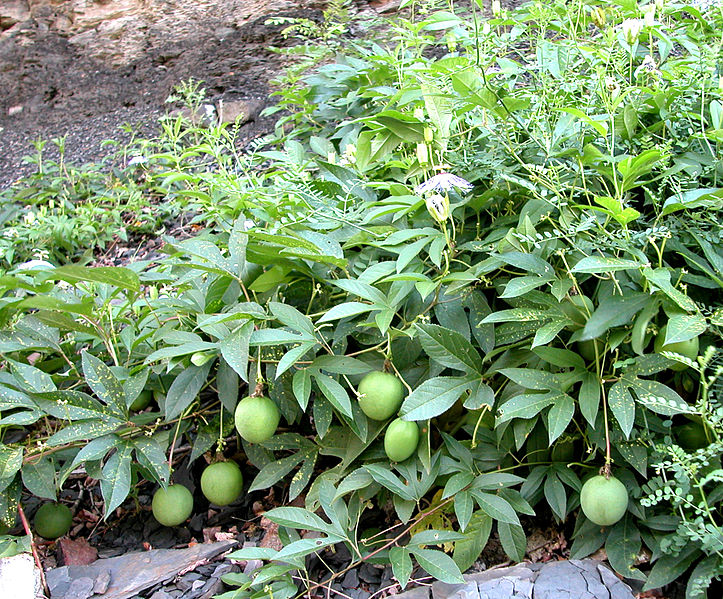
Passion vine flowers are self incompatible and require another plant that is not genetically identical to outcross with. When flowers do get pollenated, small edible ping pong sized fruits develop.
Below is a video of a be pollenating a passion flower.
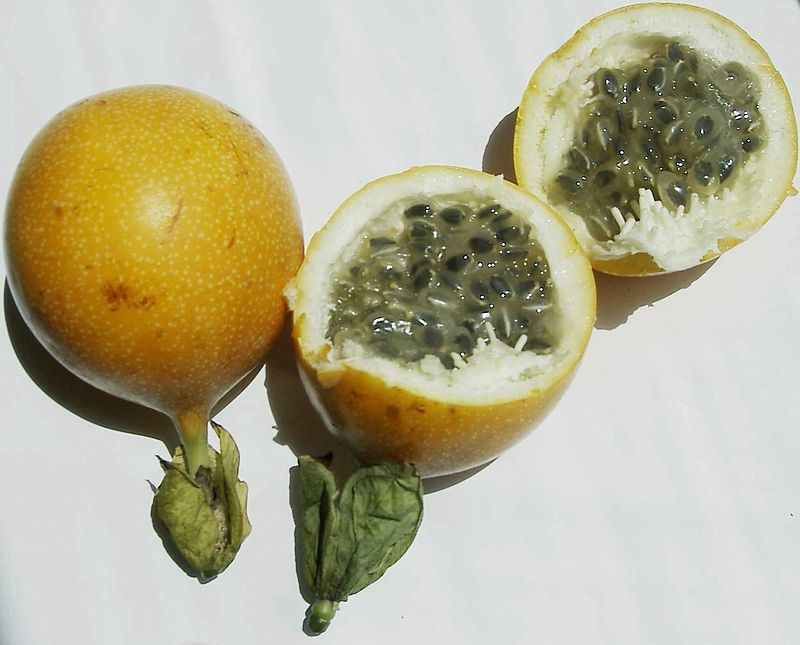
When fully ripe the fruits exterior takes on a golden hue and when it dimples you know its ripe to pick. It has sweet tart flavor and some relish its flavor.
If you desire to try and grow passion vine in cold northern areas you should try and acquire a rooted cutting, or sucker as these will establish in a pot much more rapidly. You want to try and get an advanced root system developed by fall. Seeds are not effective means to start plants for the purpose of getting a sizable plant to overwinter as they germinate so slowly.
Cultural Requirements
Passion vine like to grow in full sun. They are often found on moist ridges in full sun with their roots are shaded and the vining portions scrambling up bushes and nearby upright plants. They like a well drained, but evenly moist soil. When growing in a pot keep this in mind. You may want to add extra perlite to the media to enhance the drainage. Since this vine grows so rapidly when growing in a confined pot you will want to make sure that it is rich enough to support this type of growth without exhausting. A vine can easily grow 10 ft or more in a single season and can be cut down to the ground in the fall. Since I’m in the north and growing in a pot the plants suckering nature is of no concern to me, however others warn of its spreading tendencies.
Conclusion
Now that you have been introduced to this exotic tropical beauty with the hardiness to survive the north, please try this out for yourself. If you like tropical plants and live where its cold, your garden wouldn’t be compete without passion and passion vine.


